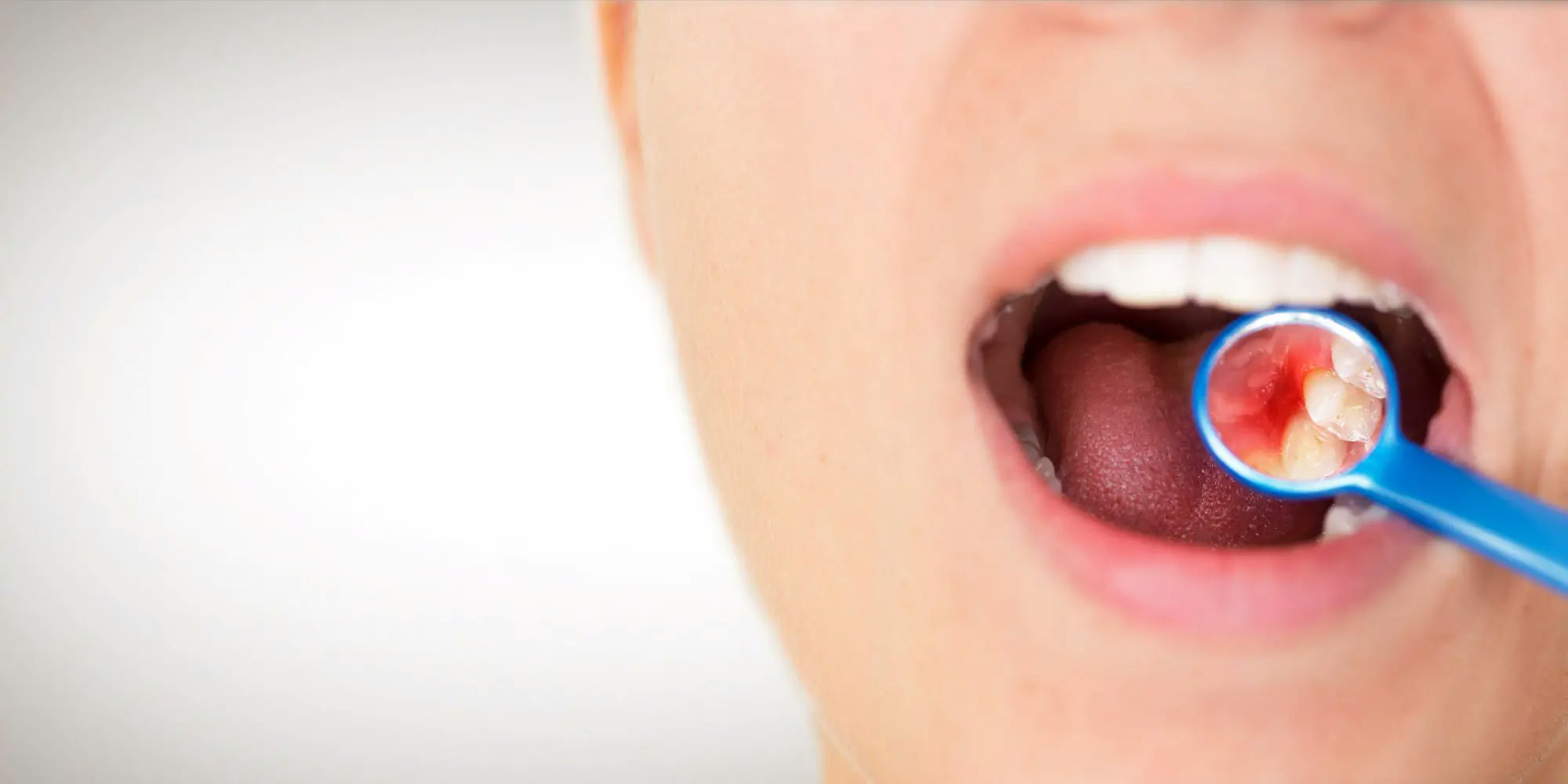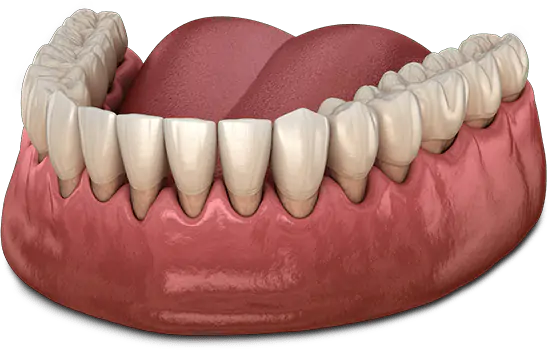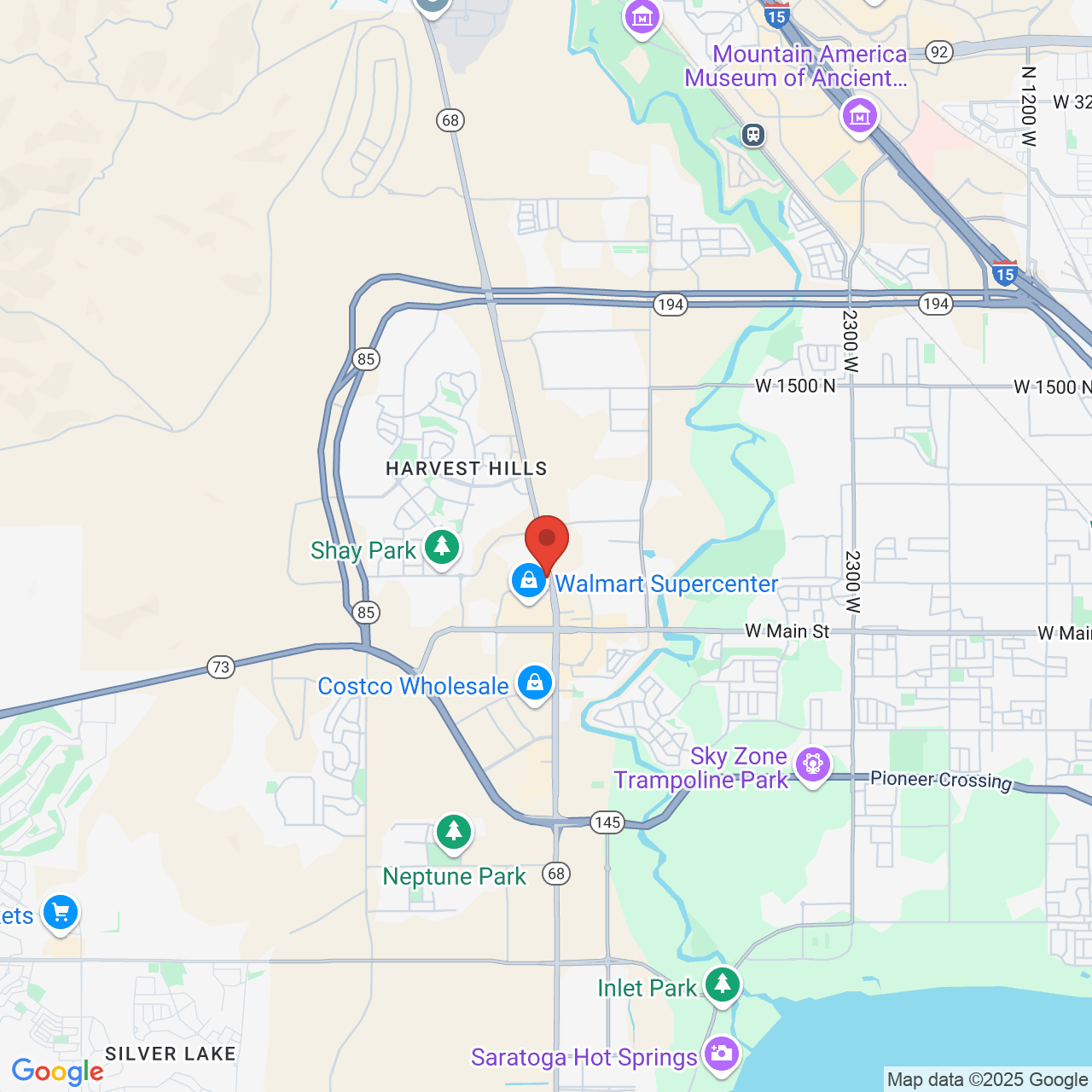Soft Tissue Periodontics - SARATOGA SPRINGS, UT
Healthy Gums for a Healthy You

Soft Tissue Treatment With a Soft Touch
Healthy gums are the protective barrier that prevents infection from negatively impacting your oral health, teeth, and even your overall health. As many as 75% of Americans have some form of periodontal (gum) disease. Soft tissue treatment in Saratoga Springs, UT focuses on correcting functional and aesthetic problems that can limit eating, jeopardize your dental health, and make you feel self-conscious. Our skilled dentist Dr. Jeremy Thompson offers customized soft tissue periodontal treatments, such as laser gum surgery, scaling and root planning, and frenectomy to gently rebalance and restore your gums so you can live a functional and healthy life!

Signs of Soft Tissue Problems
- Red, swollen or tender gums
- Receding gums
- Gummy smiles
- Sensitive teeth
- Loose or shifting teeth
- Chronic bad breath (halitosis)
- A change in tooth alignment
- A change in the fit of partial dentures

Select Soft Tissue Treatments
At our dental office in Saratoga Springs, UT , Dr. Thompson always tries to keep pain to a minimum while improving the health of your gums. Advanced technology, sedation dentistry , and ultra-comfortable operative suites coupled with a compassionate touch enable him to deliver soft tissue treatment that is far gentler than most patients expect.
1. Scaling and Root Planing
This non-surgical, two-part procedure involves carefully cleaning your root surfaces to remove plaque and tartar caused by deep periodontal pockets. Planing is done to smooth rough spots on the tooth roots and remove bacterial toxins.
2. Periodontal Maintenance
A few months after a professional cleaning, bacterial plaque can cause gum disease to recur. We recommend periodontal maintenance with deeper cleanings at 3-4-month intervals to help keep your gums and teeth healthy. The severity of your gum disease, response to other soft tissue procedures, plaque growth rate, and how well you take care of your gums and teeth at home determines how often youâll need this done.
3. Laser Gum Surgery
We leverage two lasers to provide minimally invasive treatment. The CO2 laser can be used for gingival contouring and lesion ablation, while the diode laser is an effective treatment for cold sores.
4. Crown Lengthening
This simple surgical procedure is designed to correct gummy smiles by reshaping your gums to expose more of the tooth structure. It is also done if a tooth is decayed, broken below the gum line, or has insufficient height to support a dental crown or bridge.
5. Osseous Surgery
This procedure is performed when scaling and root planning havenât resolved gum disease. After receiving a local anesthetic and sedation if needed, gums are released to access the bone and tooth roots underneath. Then, Dr. Thompson removes tartar, decaying bone, and any other decay. The roots of your teeth are smoothed to help eliminate or reduce bacterial pockets between the roots and gums. Last, he contours gum and bone tissue and stitches your gums back in place.
6. Peri-Implantitis
This condition occurs in rare cases after a dental implant procedure. In the early stages, symptoms are relatively mild and easily treated. Most patients experience swollen gums and tenderness and sensitivity in their mouths. If surgical treatment is needed, using a laser to reduce bacteria and treat the damaged bone can help save the implant while reducing the pain and discomfort associated with conventional treatment.
7. Gingivectomy
Soft tissue damaged by gum disease can pull away from your teeth, leaving deep pockets that trap plaque and bacteria. During this procedure, Dr. Thompson removes and reshapes loose, diseased gum tissue to eliminate pockets between the teeth and gums either manually or with a laser.
8. Gingival Grafts
Soft tissue damaged by gum disease can pull away from your teeth, leaving deep pockets that trap plaque and bacteria. During this procedure, Dr. Thompson removes and reshapes loose, diseased gum tissue to eliminate pockets between the teeth and gums either manually or with a laser.
9. Frenectomy
The frenum is a small connective tissue located both under the tongue (lingual) and the upper gums (labial). In babies, an elongated lingual frenum can make it difficult to nurse or be bottle-fed. If left untreated, a child can experience speech problems when they begin to talk, which explains the lay term tongue-tie surgery. If the labial frenum extends too far down near the gum line, it can interfere with the proper growth and spacing of the two upper front teeth. Removing excess frenum tissue alleviates these problems and typically only takes 10 to 15 minutes to perform with a two-week recovery period.
Restore your gum health and the beautiful smile you deserve!
To learn more about soft tissue treatment in Saratoga Springs, UT, schedule a consultation.


